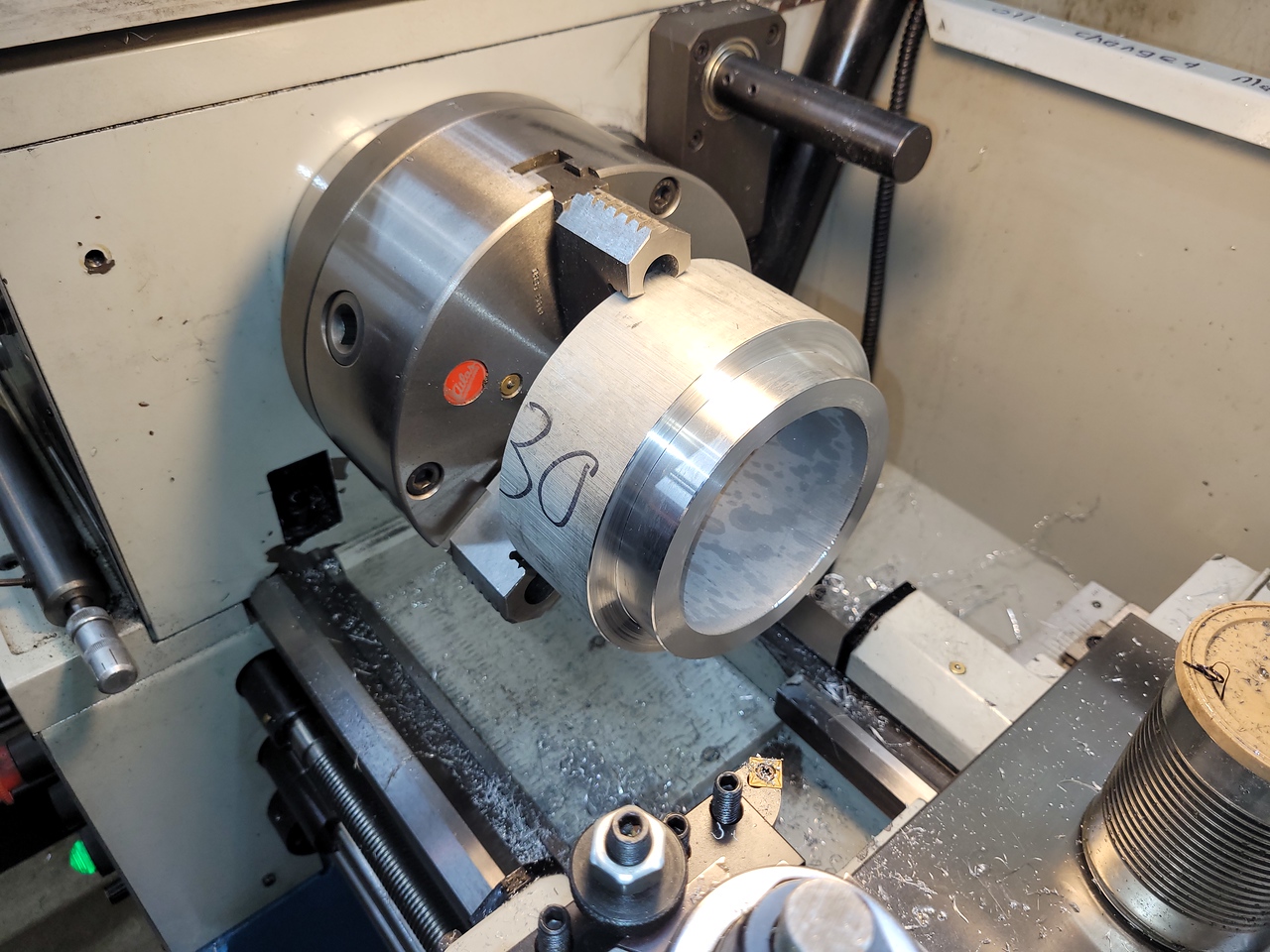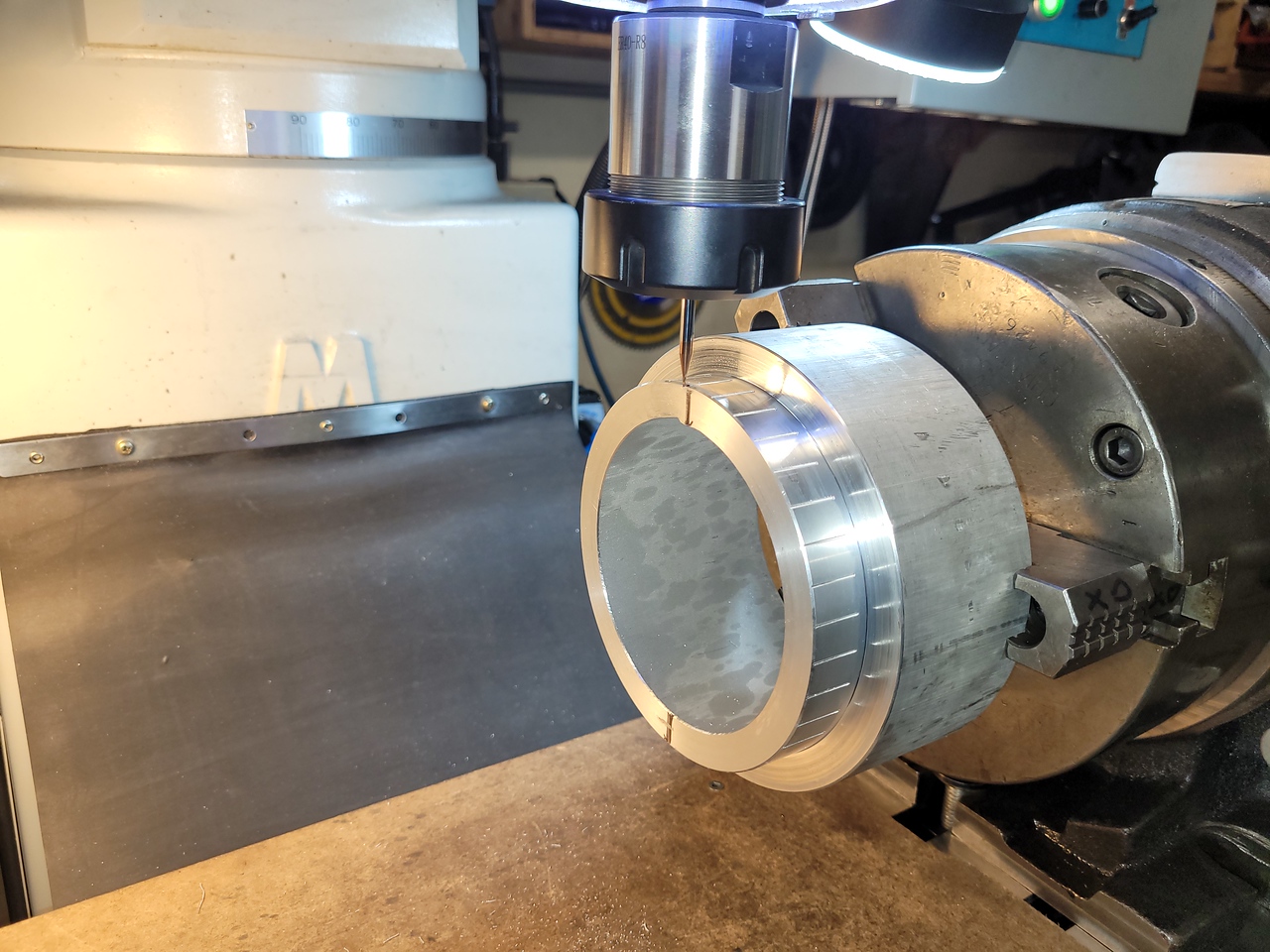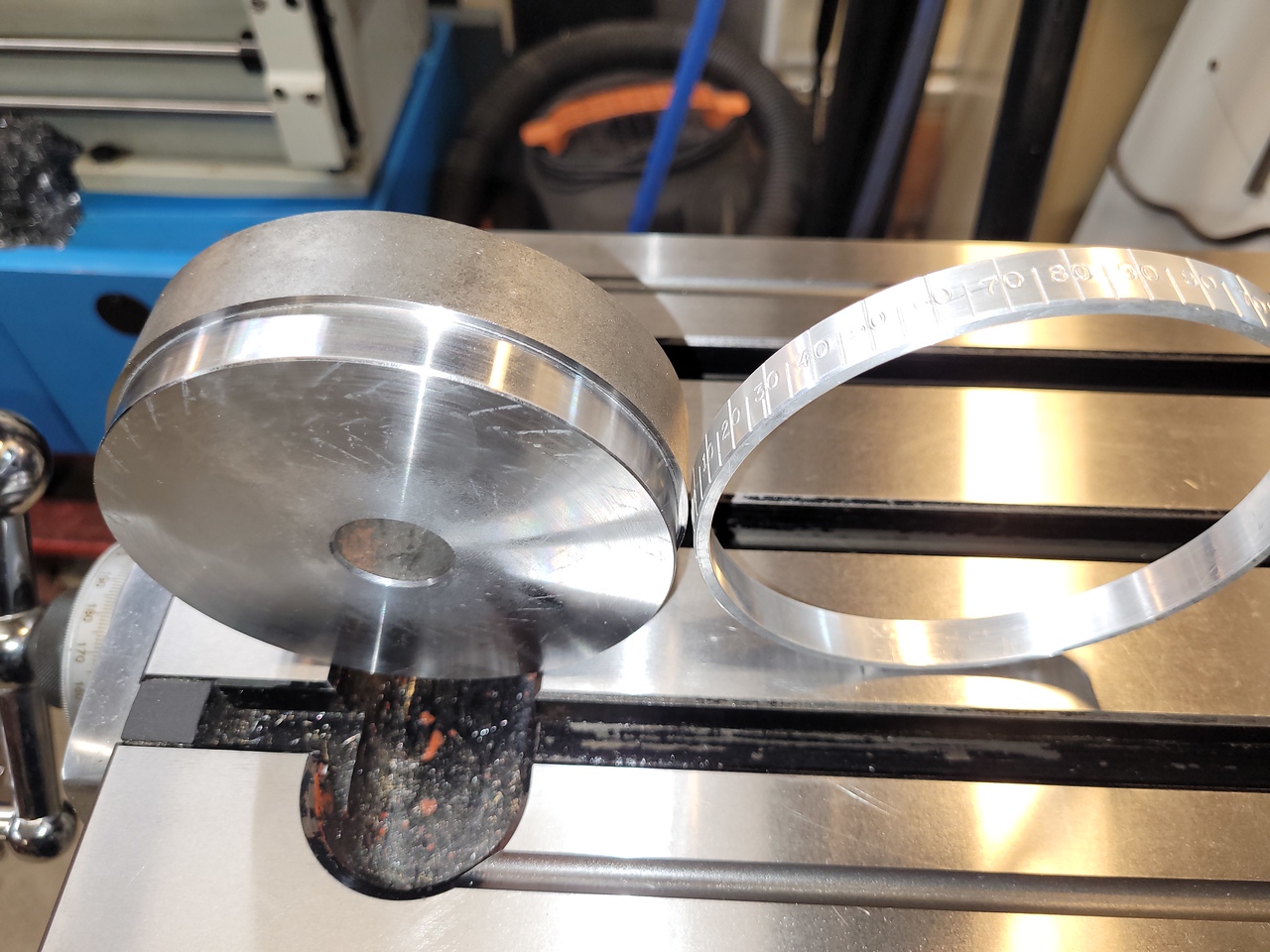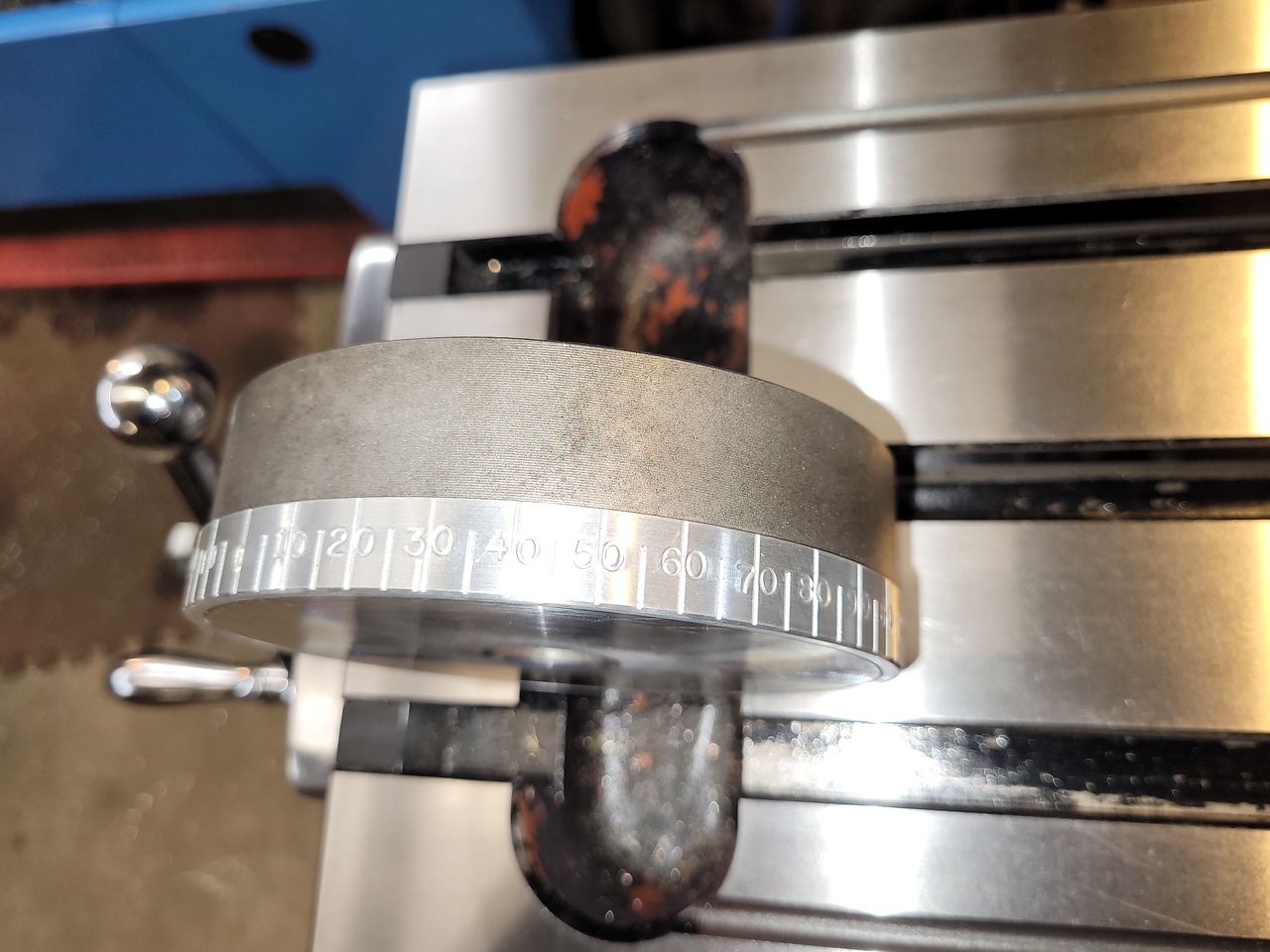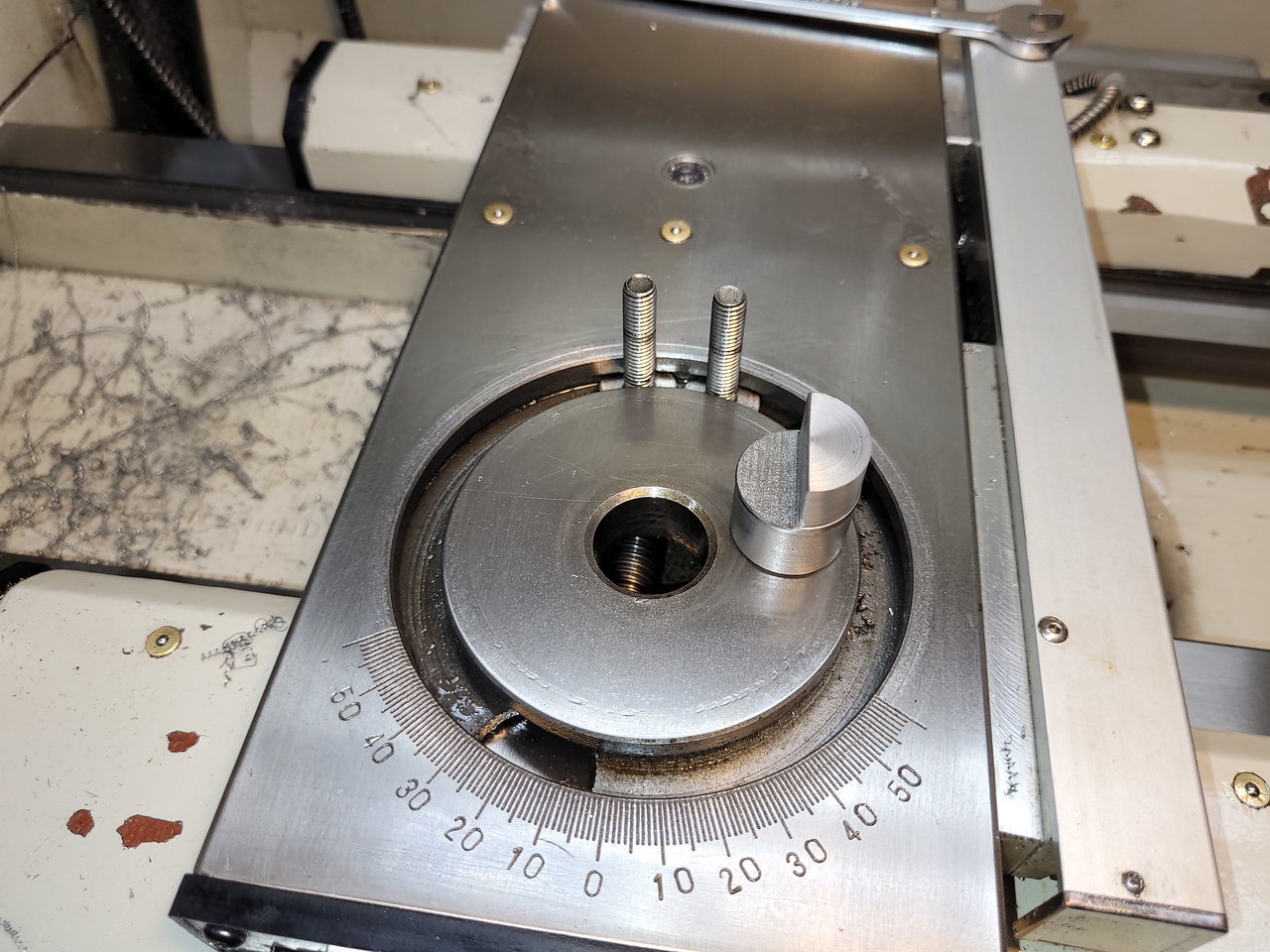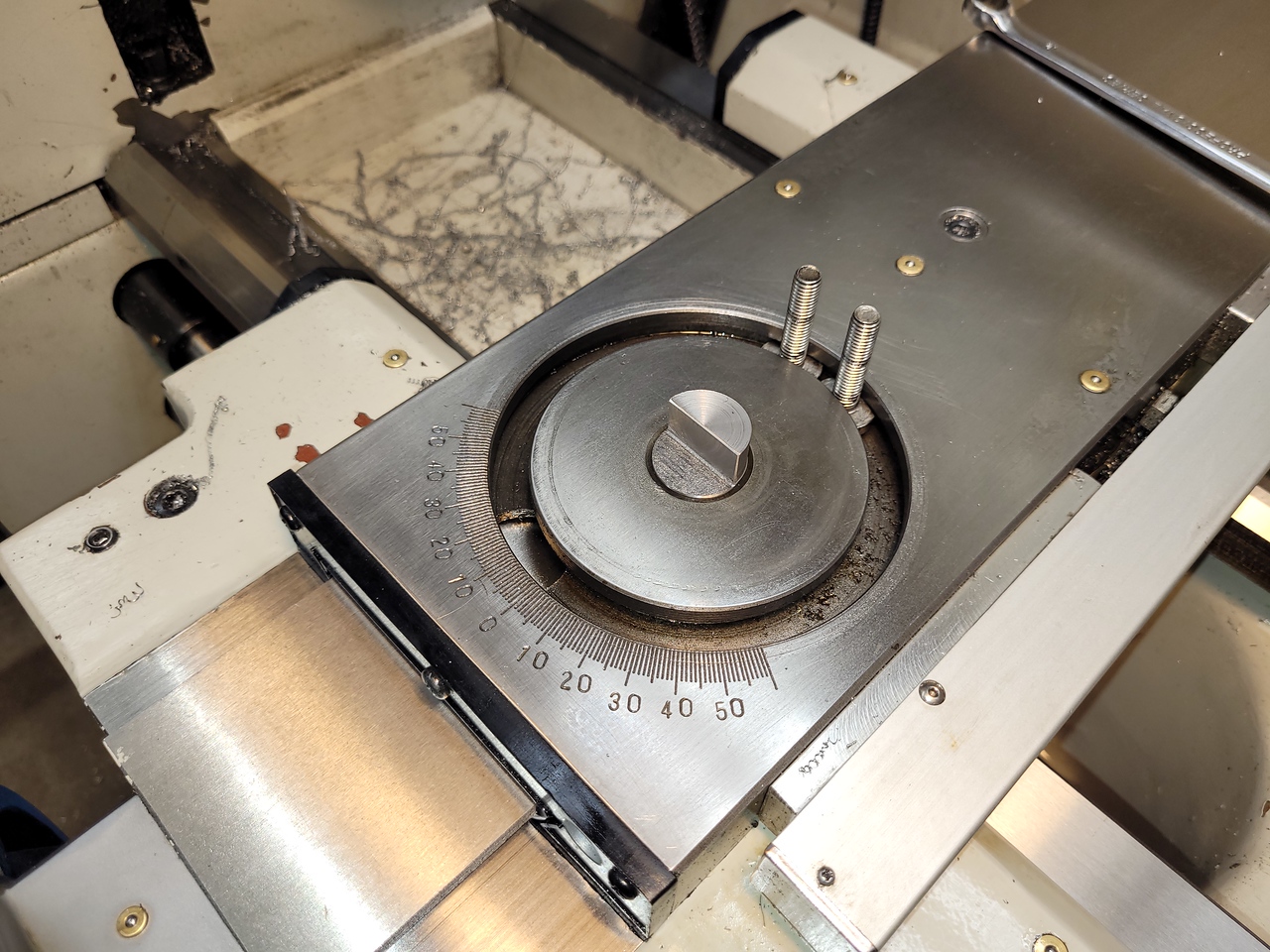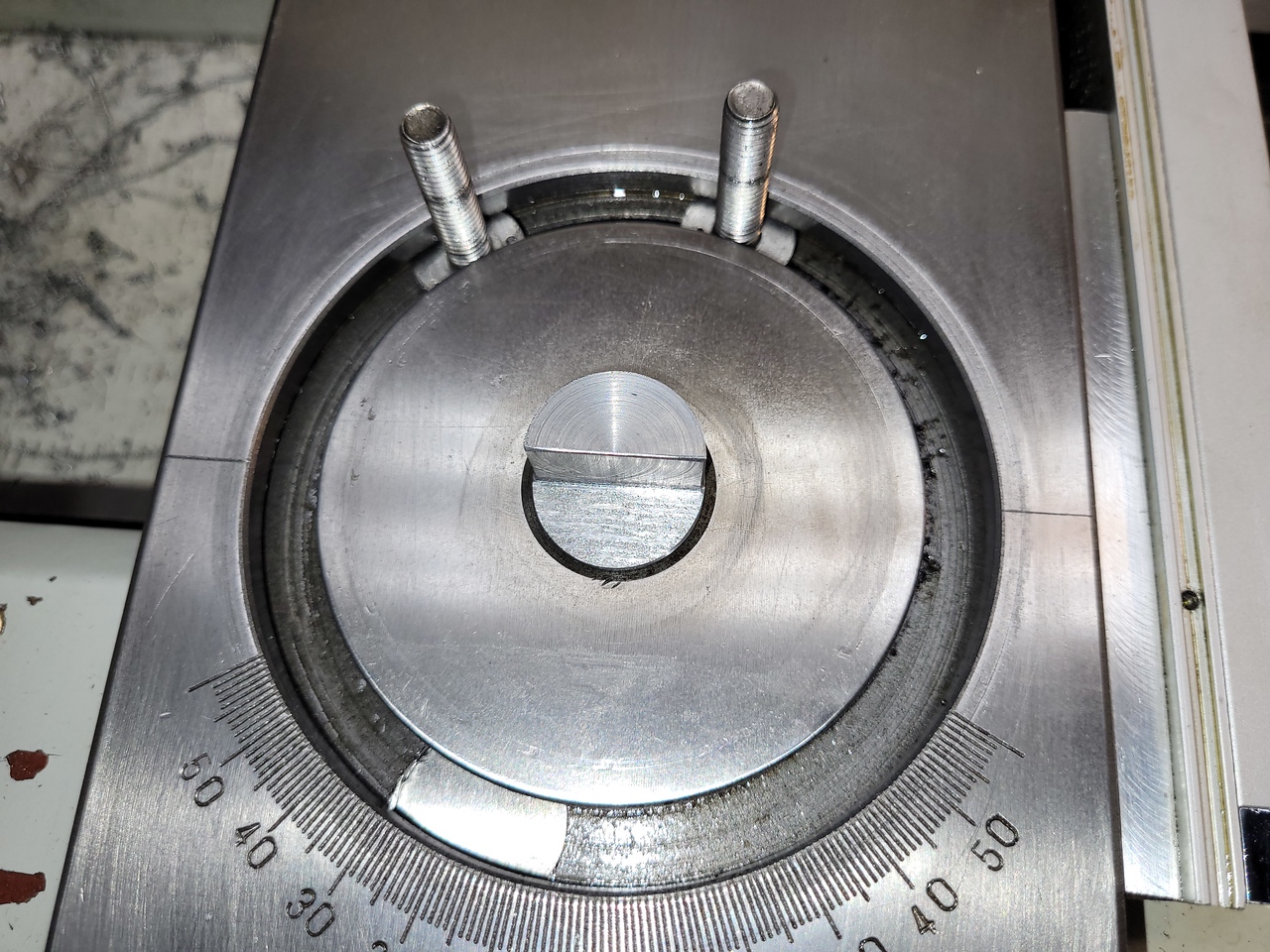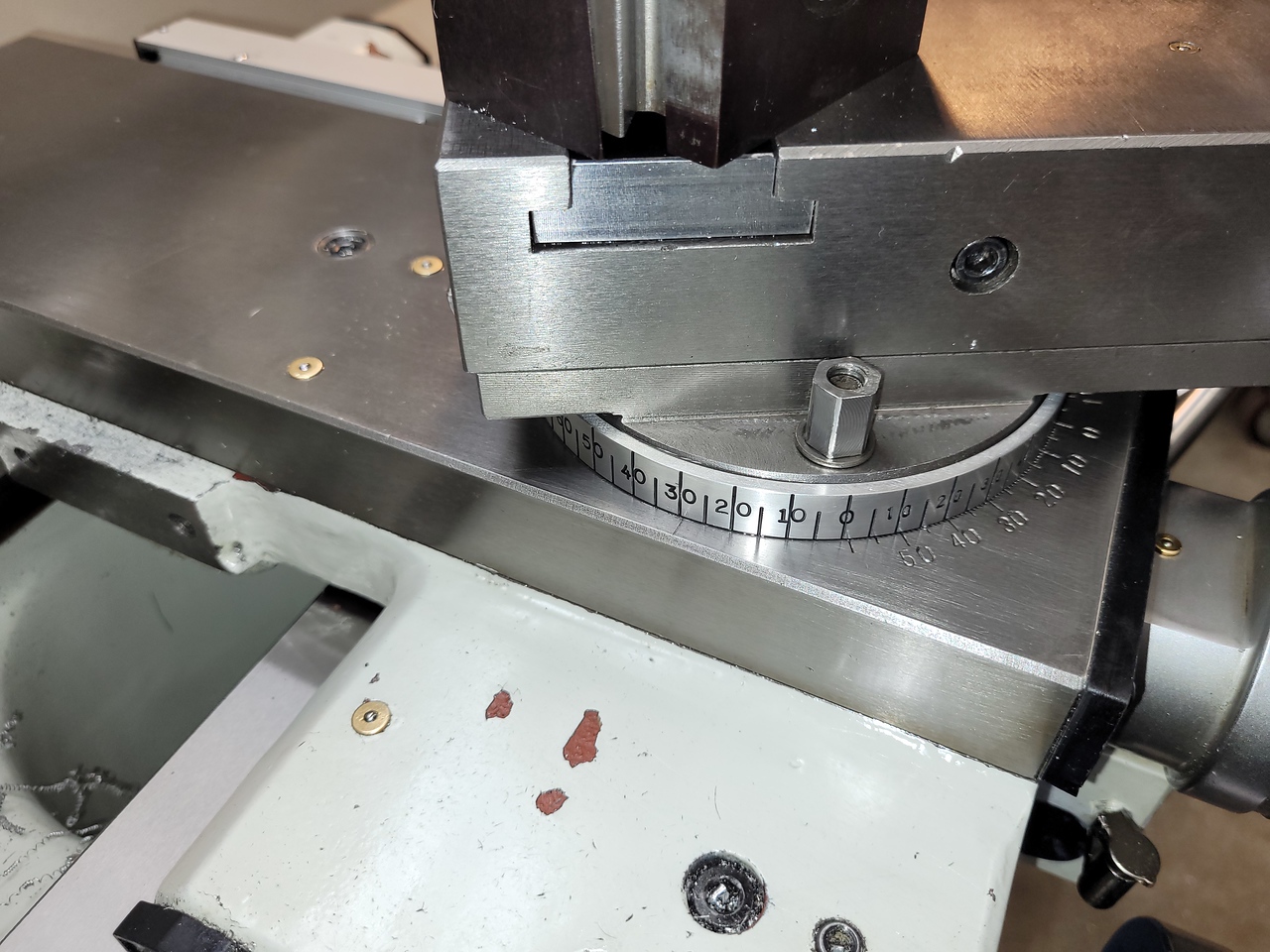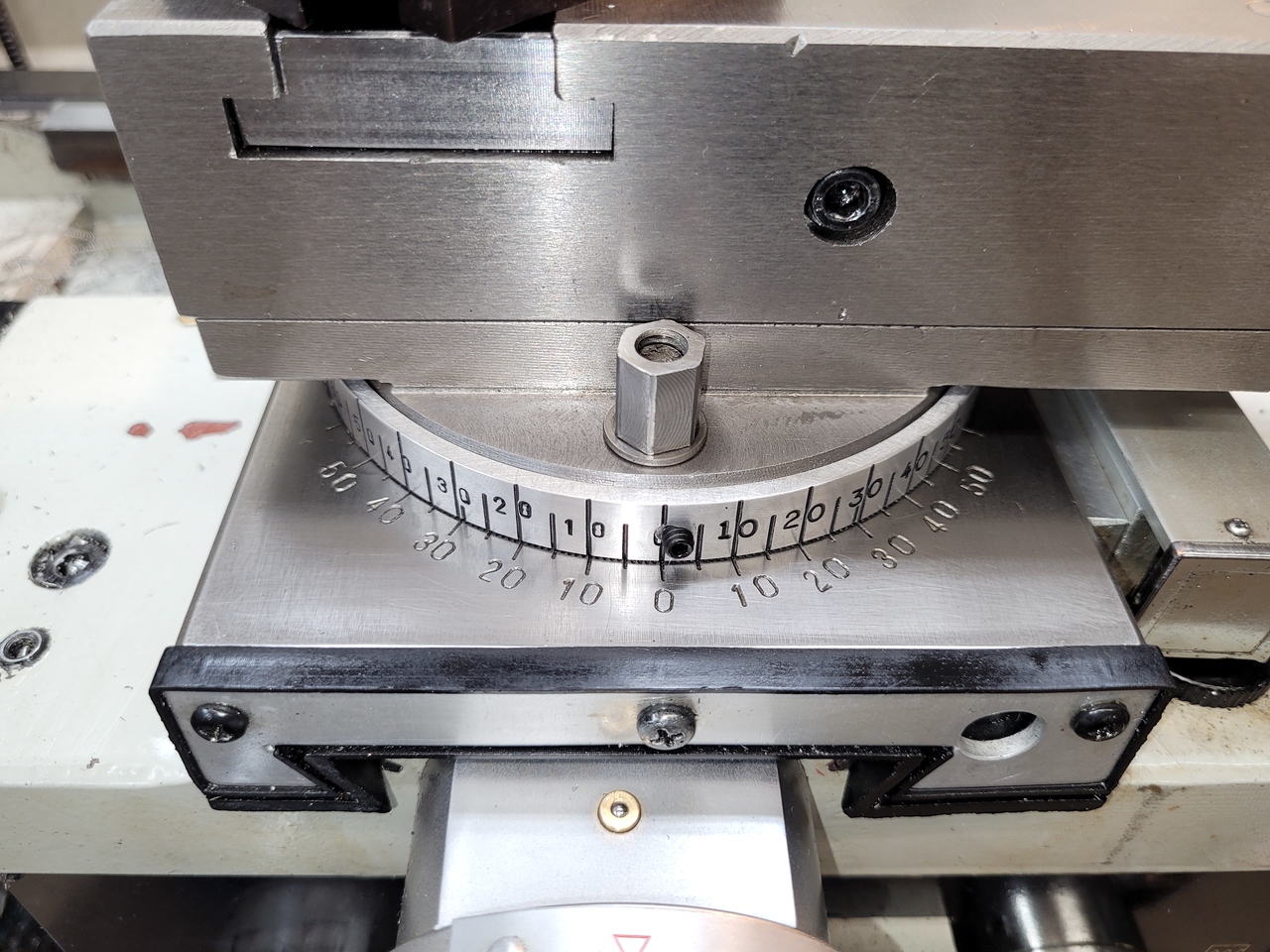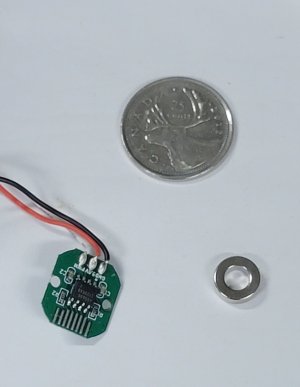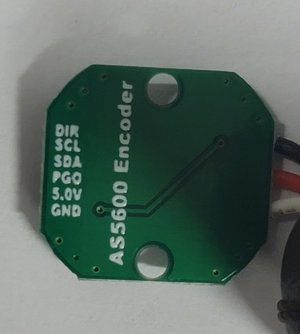Susquatch said:
O KOOK, I did that on my new iPad so maybe we don't know each other yet.....
Whoa! What did the forum do to my post?!
Susquatch said:
Thanks for the link. Nice read. It describes the electronic interface perfectly.I'm impressed!
There's just soooo much to absorb in all those pages.
Just to add to the info overload, Yuriy has been putting out short videos about TDRO. The Latest gives a short demonstration on how to take advantage of the capability on a lathe. I'm not a video lover but this one is right to the point, no BS and should even pass the @Susquatch filter 😉
D 😎
Last edited:

